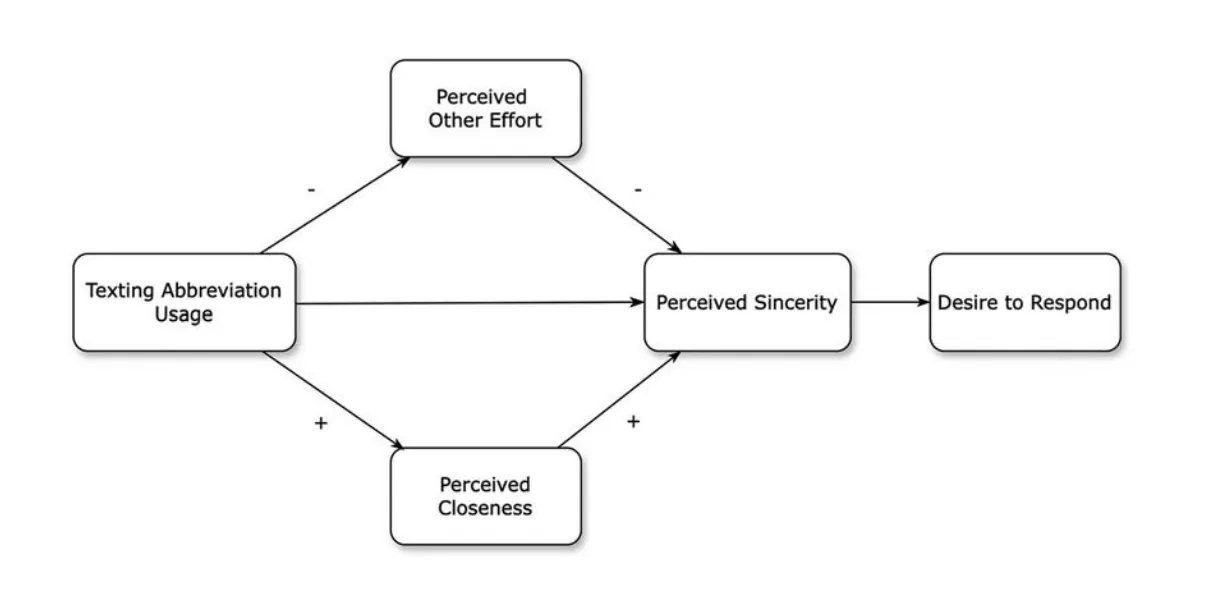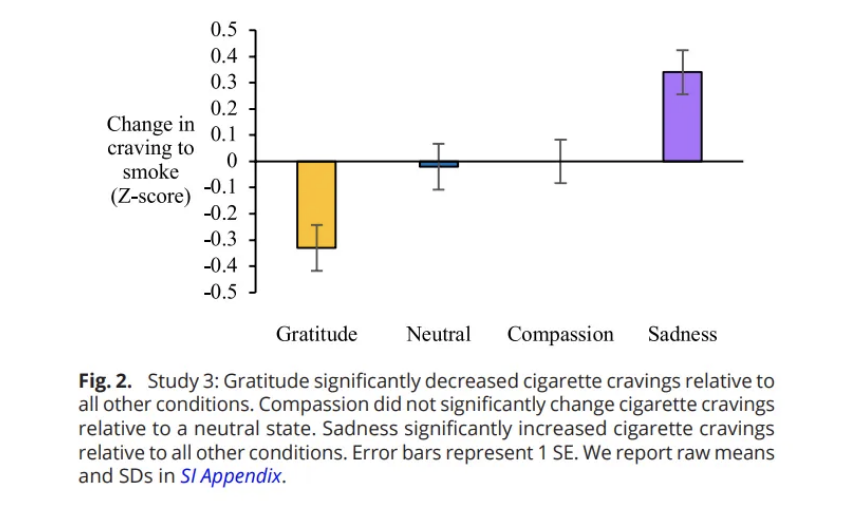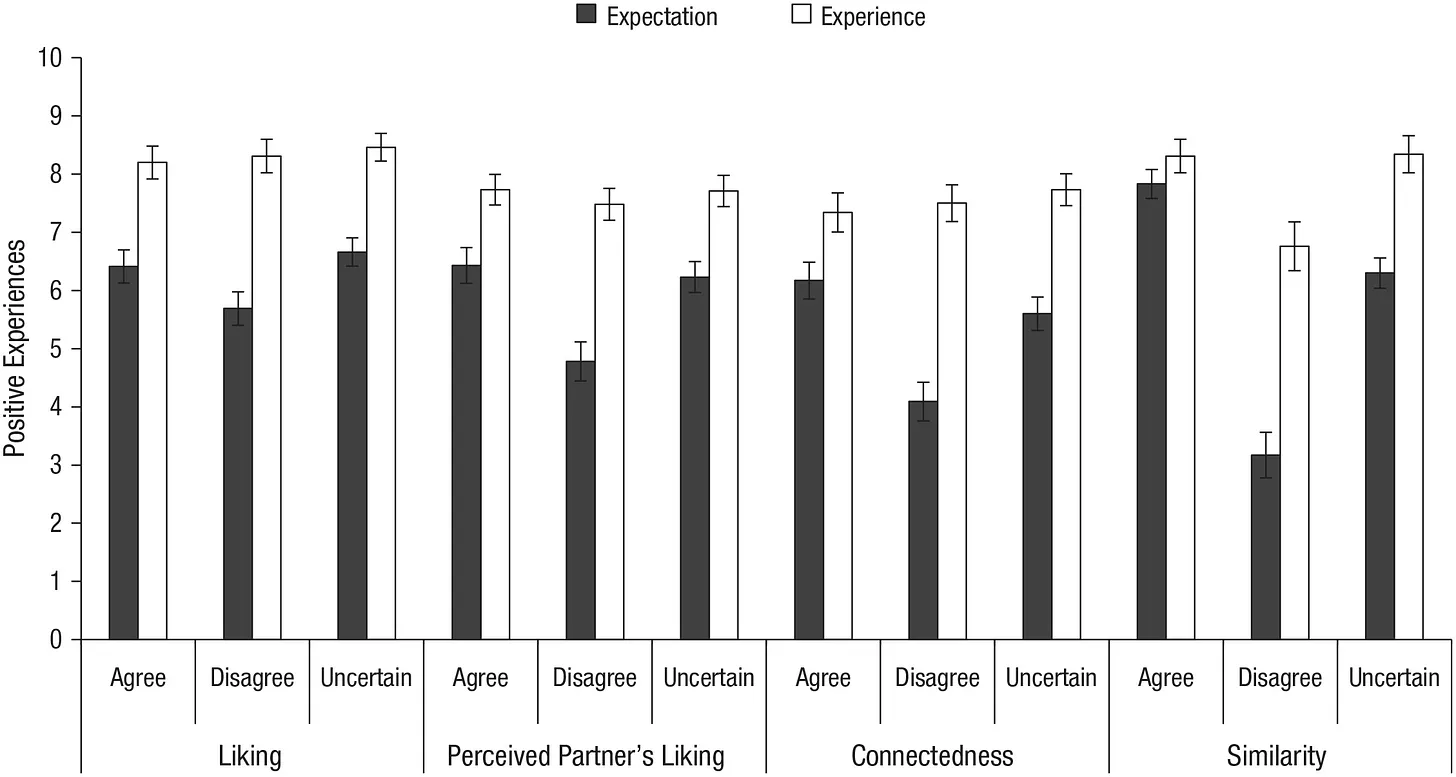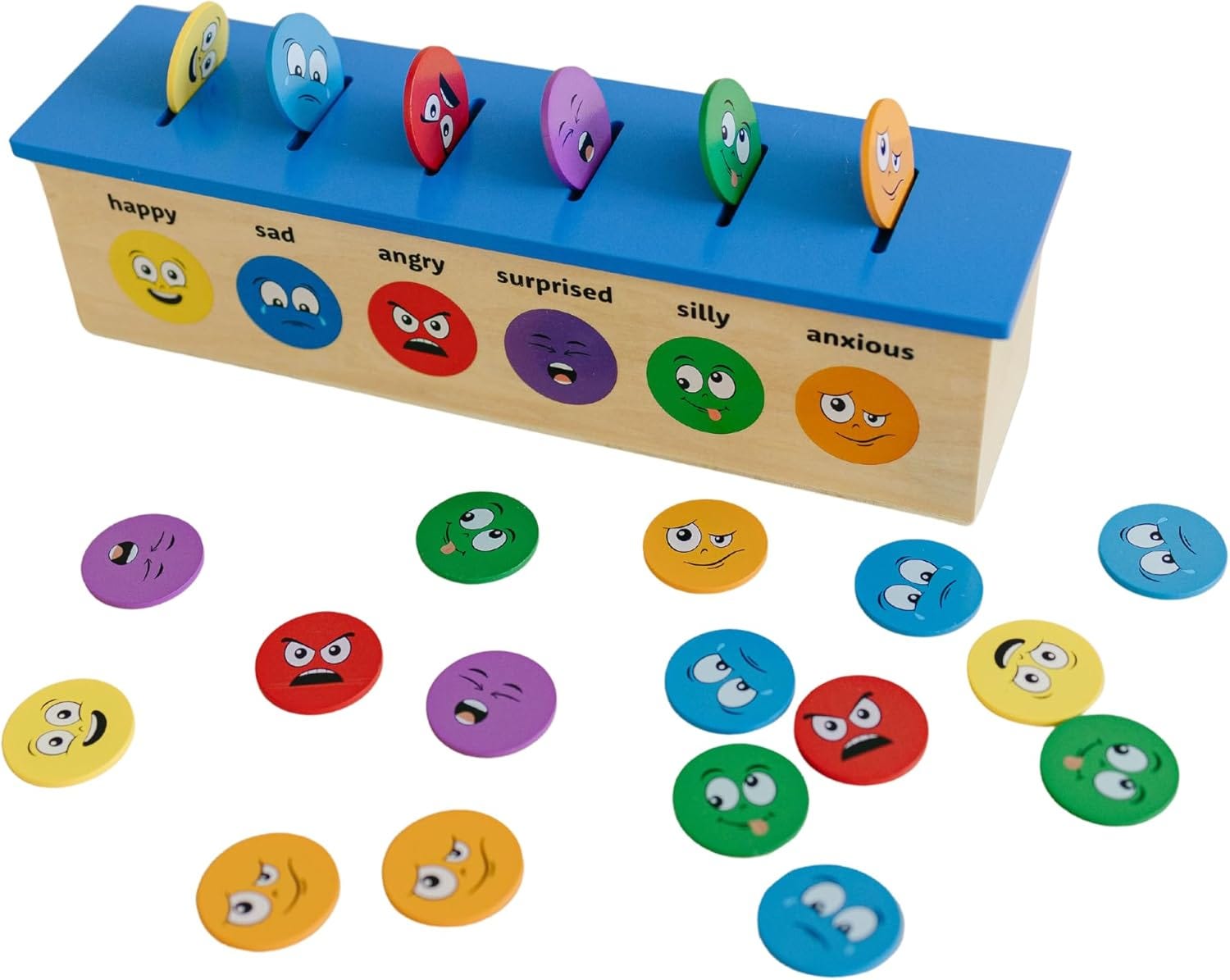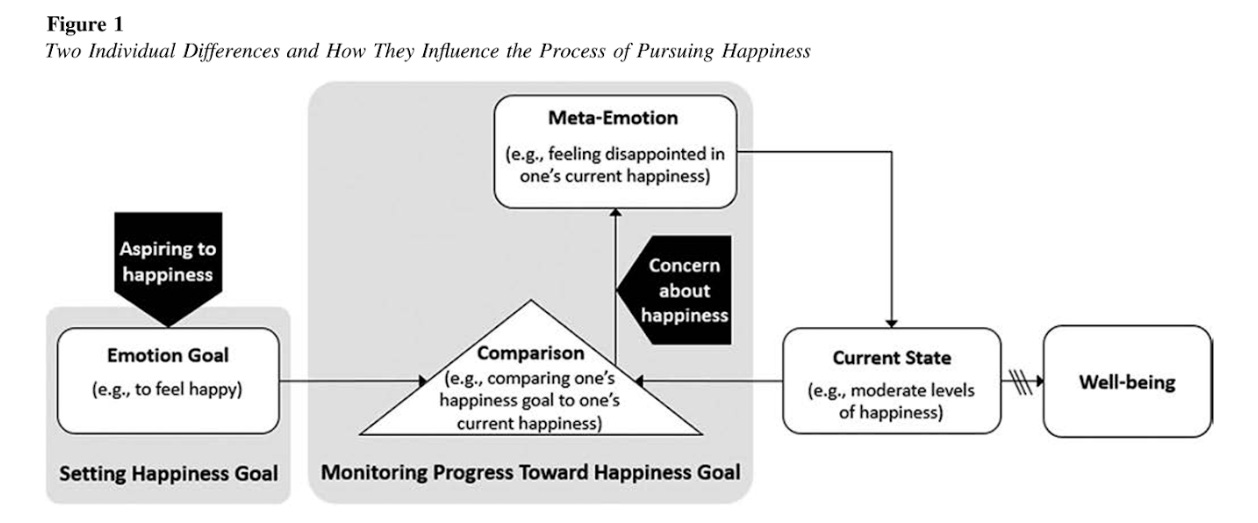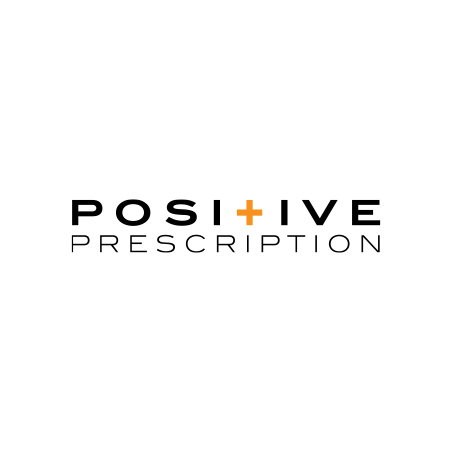Before January 1, please take a moment to ask yourself a few questions:
- What challenged me most this year?
- What did I learn from these challenges?
- What surprised me?
- What am I proud of?
Please stick to “What” questions because they invite curiosity and encourage openmindedness. Stay away from “Why” questions because they tend to promote criticism, regret, and rumination.
Remember, self-reflection is about learning not living in the past.
This is not a moment to beat yourself up or fixate on what could have and should have been. The point is to learn from the past so you can be more intentional about your future.
If pondering “What” questions is not your thing, please take a moment to read this classic poem by Linda Ellis. It’s a powerful reminder that how we spend our time matters.
The Dash
I read of a man who stood to speak at the funeral of a friend.
He referred to the dates on the tombstone from the beginning to the end.
He noted first came the date of the birth and spoke the following date with tears.
But he said what mattered most of all was the dash between the years.
For that dash represents all the time that they spent life on Earth.
And now only those who loved them know what that little line is worth.
For it matters not how much we own, the cars, the house, the cash.
What matters is how we live and love, and how we spend our dash.
So, think about this long and hard. Are there things you’d like to change?
For you never know how much time is left that can still be rearranged.
If we could just slow down enough to consider what’s true and real,
and always try to understand the way other people feel.
Be less quick to anger and show appreciation more,
and love the people in our lives like we’ve never loved before.
If we treat each other with respect and more often wear a smile,
remembering that this special dash might only last a little while.
So, when your eulogy is being read with your life’s actions to rehash,
would you be proud of the things they say about how you spent your dash?
—Linda Ellis
Reading this poem made me think about an essay entitled What is a Good Life? by legal and political philosopher Ronald Dworkin that was published in the New York Review of Books in 2011. He argued that our lives should not be valued by noteworthy outcomes, achievements, and accomplishments—in other words by our greatness. What really gives meaning to life is our goodness—the experiences, strivings, connections and stories.
He explained that assessing the success of this artistic endeavor should not focus solely on the outcome, the work of art in itself, or our achievements in life, but more importantly on the process that has led up to that outcome. In sum, life should be not valued on the outcomes, achievements or accomplishments. What really gives meaning to life is the personal experience and the inner stories.
He writes “The final value of our lives is adverbial, not adjectival—a matter of how we actually lived, not of a label applied to the final result.”
In other words, what matters is how we spend our dash.
Wishing you all the best for 2025.
I wish you all the best,
Dr. Samantha Boardman



